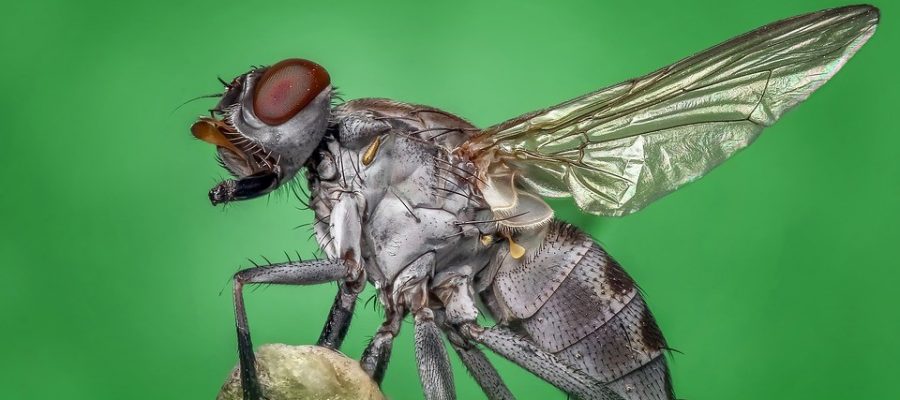Pests That Carry Pseudomonas Bacteria and Spread It
- March 27, 2018
- in Pest Control
- by Ashley Dando
- 187
- 0

Pests such as houseflies act as a carrier for numerous pseudomonas bacteria which can contaminate your food and household items. These bacteria can lead to 65 serious health problems including gangrene, tuberculosis, cholera, and other infections. A housefly drops and vomits a lot of waste, it defecates every 5 minutes on your food, skin, or anything they come in contact with. Keep it in mind the next time when a housefly lands on your salad!
Ever imagined why the housefly chases the garbage truck? They love the fast food! Extermination of such pests becomes necessary with pest control services.
Being one of the most common pests that we encounter – house flies exist everywhere on the Earth. With a fast breeding rate, they can multiply quickly! In just 6 days, a female housefly lays about 120 eggs at a time and at such a rate in absence of predation, with right conditions – They can cover your entire house in just a couple of months!
This species of pest feeds and breeds on garbage, sewage, human and animal waste, and other gross substances. Such places are teeming with pseudomonas bacteria, so the flies carry them from place to place. Flies vomit and poop on them to make it worse. Houseflies and such pests are the worst pathogenic carriers and can be extremely harmful for you and your family.
Control of bacteria is essential to maintaining a healthy and disease free home. A single housefly is a flying bacteria plane loaded with diseases while carrying over 2 million bacteria on its body.
Safeguard Pest Control is the leading pest control provider on the Sunshine Coast and we can help you to get rid of such bacteria carrying pests. We provide excellent services and use professional techniques that also fit right into your budget. Contact us today!
CONTROL OF BACTERIA MOOLOOLABA
CONTROL OF BACTERIA BUDERIM
CONTROL OF BACTERIA COOLUM
CONTROL OF BACTERIA NOOSA
CONTROL OF BACTERIA PELICAN WATERS
CONTROL OF BACTERIA CALOUNDRA
CONTROL OF BACTERIA KAWANA WATERS